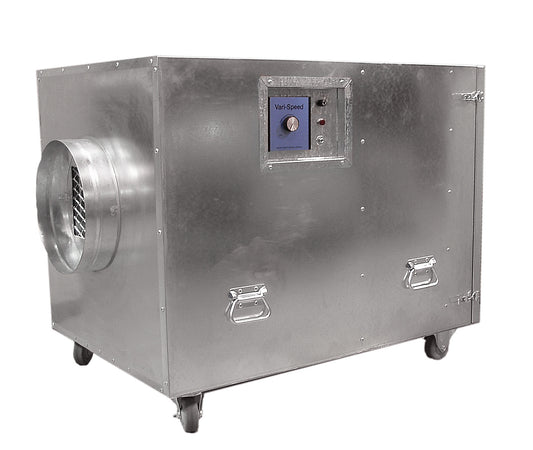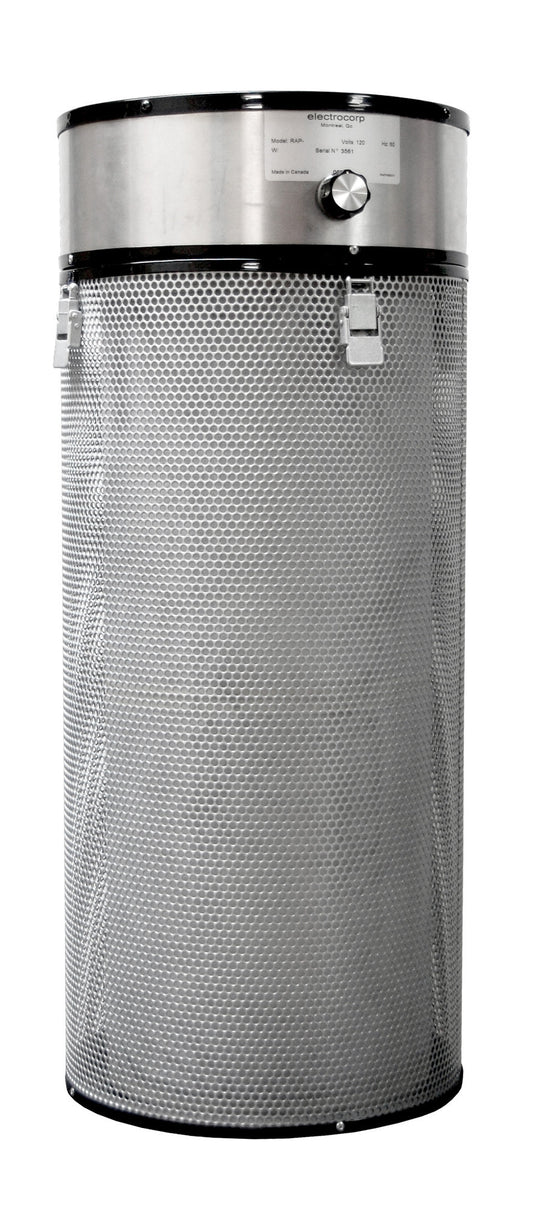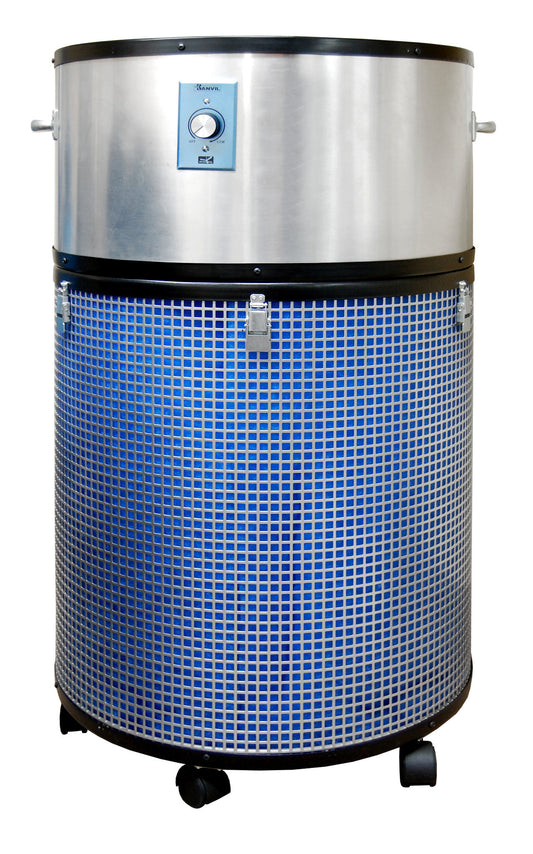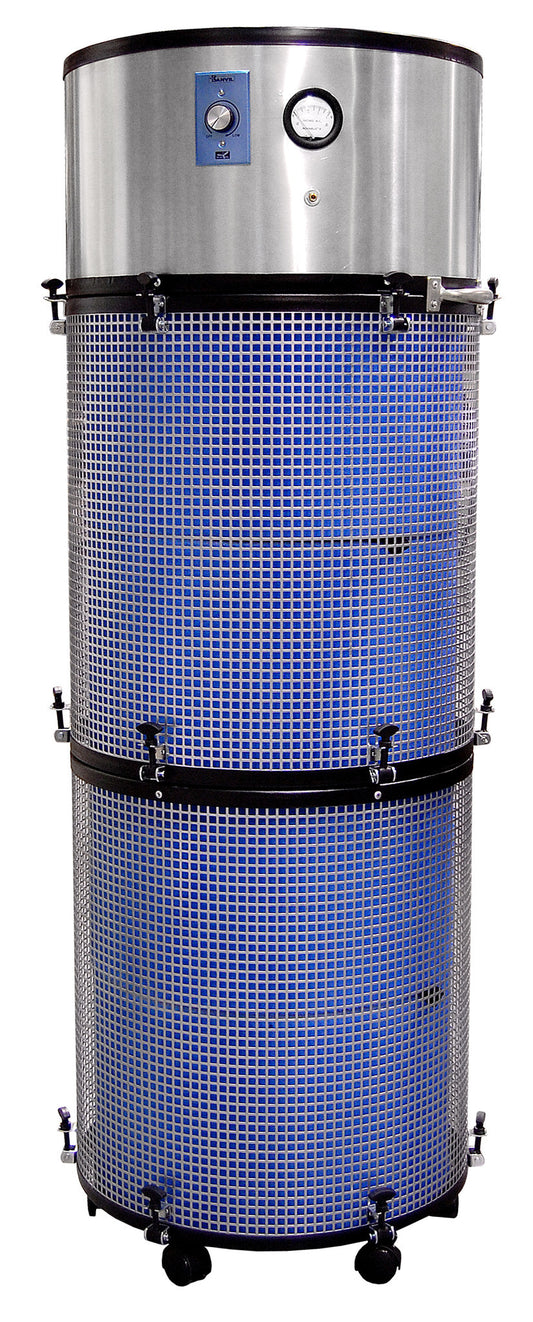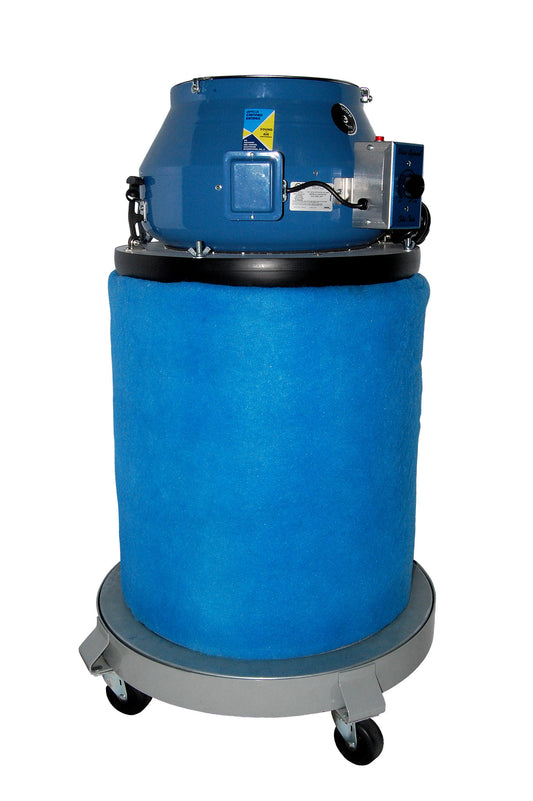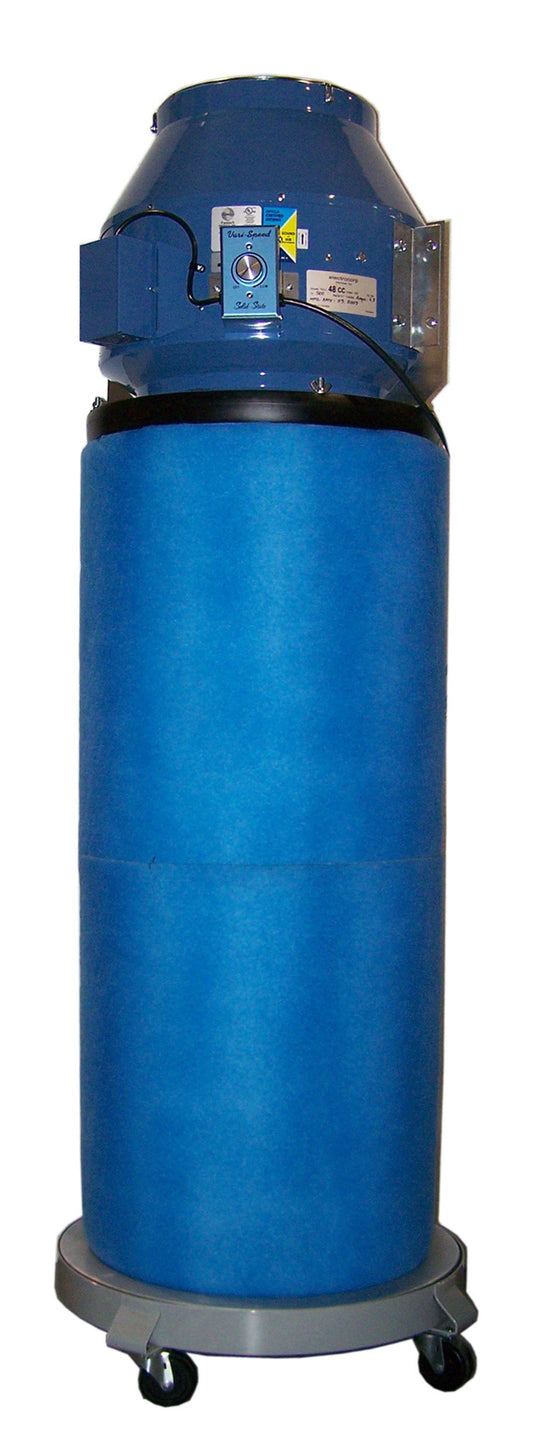Collection: Solutions for Chemical and Odor Filtration
Most industries expose workers to chemicals and odors
Is there such a thing as a chemical-free workplace? The Canadian Centre for Occupational Health and Safety doesn’t think so. It warns: “If chemicals are not used, stored and handled properly, they can cause injury, illness, disease, fire, explosions, or property damage.”
In a recent study on chemical and biological hazards in Europe, more than 500 direct exposure hazards were identified, and it showed that four occupational groups were most at risk:
- Technicians
- Operators
- Agricultural workers
- Workers in elementary occupations
The highest risks were associated with occupations that involved the production or application of dyes, resins, adhesives, pesticides and cleaning fluids.
Not surprisingly, workplaces that had to do with the production of rubber, plastics, textiles, pharmaceutical and cosmetics also made this list, as well as industries such as agriculture, metallurgy and food processing.
Minimize risks of chemical hazards and odors
Chemical hazards include a wide range of carcinogens, sensitizing substances,  chemicals affecting the respiratory tract and substances that affect workers’ fertility or development. Biological hazards could be bacteria, viruses, parasites or fungi.
chemicals affecting the respiratory tract and substances that affect workers’ fertility or development. Biological hazards could be bacteria, viruses, parasites or fungi.
Most of the time, a worker’s exposure occurs through breathing in a substance. An average person will breathe in and out about 12 times a minute, corresponding to 6 litres of air per minute. When there is hard work involved, workers breathe in even more.
Recommended measures to decrease exposure risks include
- Worker training and education
- Setting and enforcing exposure limits
- Eliminating hazardous substances or switching to less toxic alternatives
- Using engineering control (for example, fume hoods and increased ventilation)
- Adjusting work schedules and rotating workers
- Using personal protective wear
For air filtration purposes, an industrial-strength air purifier with activated carbon + HEPA and possible UV germicidal filtration will provide the most comprehensive filtration combo to remove airborne chemicals, gases, biological contaminants and odors. 
Activated carbon is one of the most effective materials to remove chemicals, gases and fumes. It is used in a wide range of applications, including poison control, water filters and gas masks. Electrocorp has been using activated carbon in its industrial and commercial air cleaners together with high efficiency particulate air filters and UV to provide cleaner air all around. Custom configurations and filter options are available.
For smaller rooms, offices and spaces, the RAP or RSU series provide cleaner air - they are easy to move and they provide a large carbon surface area without taking up a lot of space.
Larger spaces or highly polluted areas could use more filtration power: Most recommended are Electrocorp’s Air Rhino air cleaner and the Dirty Dog Industrial air cleaner.
One source capture option is the Fume Extractor HD 950, which provides reliable air cleaning right at the source.
Browse the recommended units below or call for more information 1-888-852-8247.

